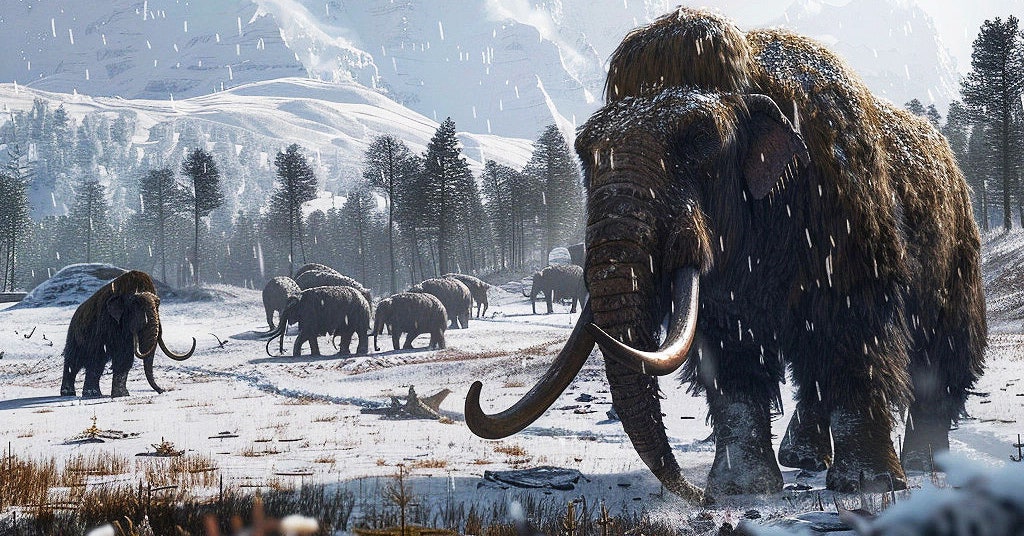Colossal Biosciences’ Breakthrough in Woolly Mammoth De-Extinction Project
Creating Functional Mammoths
Colossal Biosciences, a de-extinction startup, is on a mission to resurrect the woolly mammoth. However, their goal is not to bring back the exact species but to genetically modify an Asian elephant to possess the characteristics that allowed mammoths to thrive in sub-zero environments, such as fuzzy hair and a layer of blubber. The journey to creating these “functional mammoths” is fraught with challenges, but the company has recently announced a significant milestone.
Reprogramming Asian Elephant Cells
Scientists at Colossal have successfully reprogrammed Asian elephant cells into an embryonic-like state, known as induced pluripotent stem cells (iPSCs). These cells have the ability to give rise to any other cell type, opening up possibilities for creating elephant sperm and eggs in the lab and testing gene edits without frequently sampling tissue from living elephants. This breakthrough is crucial, as there are only around 30,000 to 50,000 Asian elephants in the wild, making access to their reproductive cells extremely limited.
“With so few fertile female elephants, we really don’t want to interfere with their reproduction at all. We want to do it independently,” says George Church, a Harvard geneticist and Colossal cofounder.
The Challenges of Reprogramming Elephant Cells
Creating iPSCs from Asian elephant cells proved more challenging than with other species. The process, which involves exposing cells to various chemicals and adding transcription factors to alter gene expression, took two months—significantly longer than the 5 to 10 days needed for mouse iPSCs or the three weeks for human iPSCs. This difficulty may be attributed to the unique biology of elephants, particularly their cancer-defying traits.
Elephants and Peto’s Paradox
Elephants are a classic example of Peto’s paradox, which suggests that large animals have unusually low cancer rates despite their size. One hypothesis for this phenomenon is that elephants possess multiple copies of a tumor-suppressing gene called P53, while humans only have one copy. Although beneficial for elephant health, this gene may have hindered previous attempts to create iPSCs from elephant cells, as it prevents cells from entering a state of indefinite duplication—a key feature of iPSCs.
Future Applications and Challenges
The creation of elephant iPSCs opens up several possibilities for Colossal’s de-extinction project and conservation efforts. The cells could be used to:
- Create sperm and egg cells in the lab to increase genetic diversity in the functional mammoth population
- Study how elephant endotheliotropic herpes virus (EEHV) infects different cell types
- Test the effectiveness of gene edits designed to produce mammoth-like fur and fat layers
While the technical challenges of creating mammoth-like Asian elephants may be overcome with sufficient time and resources, the ecological benefits of de-extinction remain a topic of debate among conservationists. Questions arise about the number of functional mammoths needed to recreate the role played by their extinct counterparts in the Arctic ecosystem and whether there is still a niche for these animals 4,000 years after mammoths last roamed the area.
“It feels very significant,” Church says of the iPSC breakthrough. “This is a very big deal.”
Colossal’s scientists have a long road ahead, with many more milestones to reach before they can deliver on their de-extinction mission. However, the successful creation of elephant iPSCs marks a significant step forward in their journey to bring functional mammoths back to life.

3 Comments
Jurassic Park, here we come. Scientists playing God with extinct species, what could possibly go wrong
Bringing back the mammoth, a hairy situation indeed
The Ice Age is making a comeback, one mammoth at a time